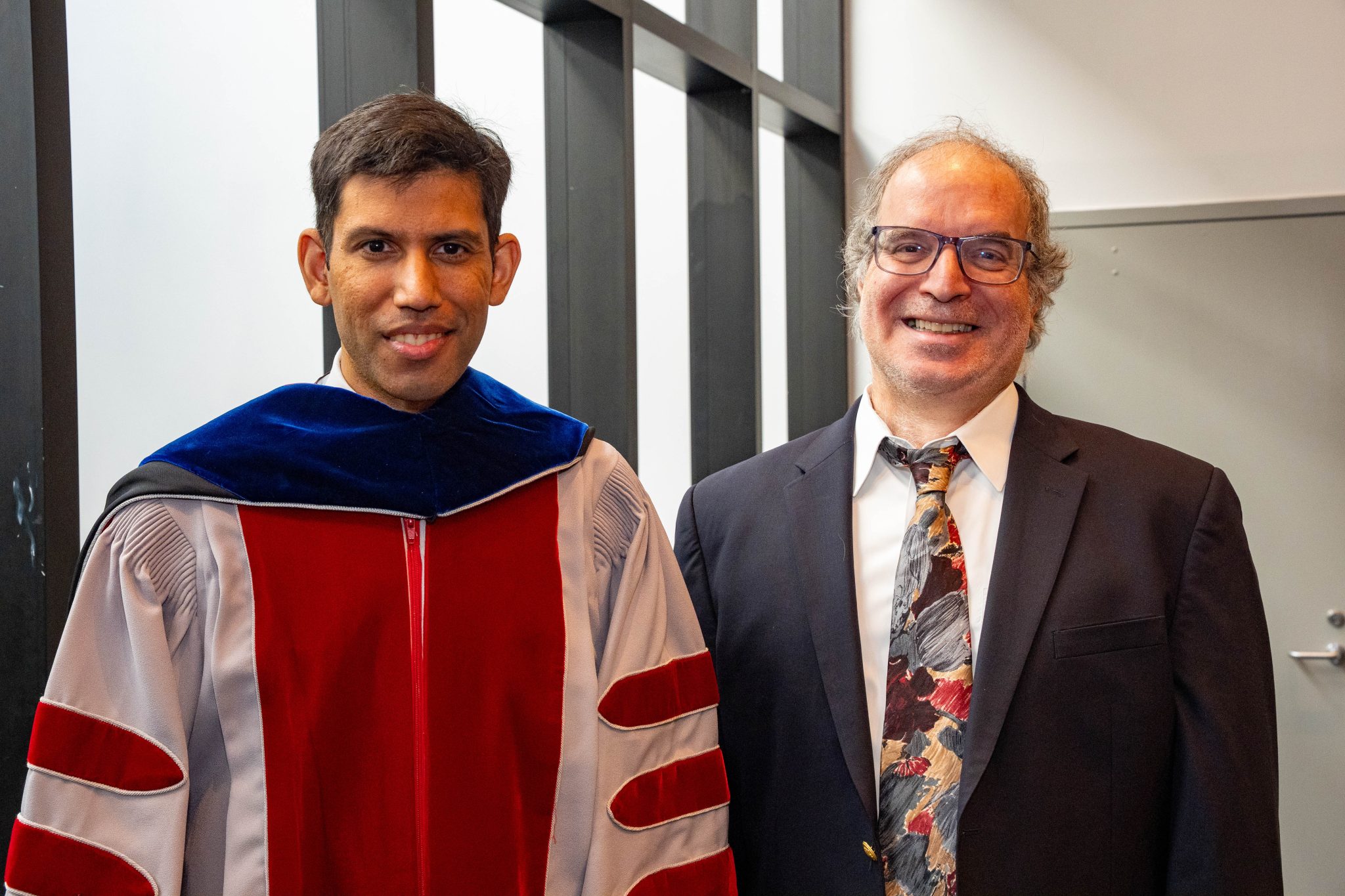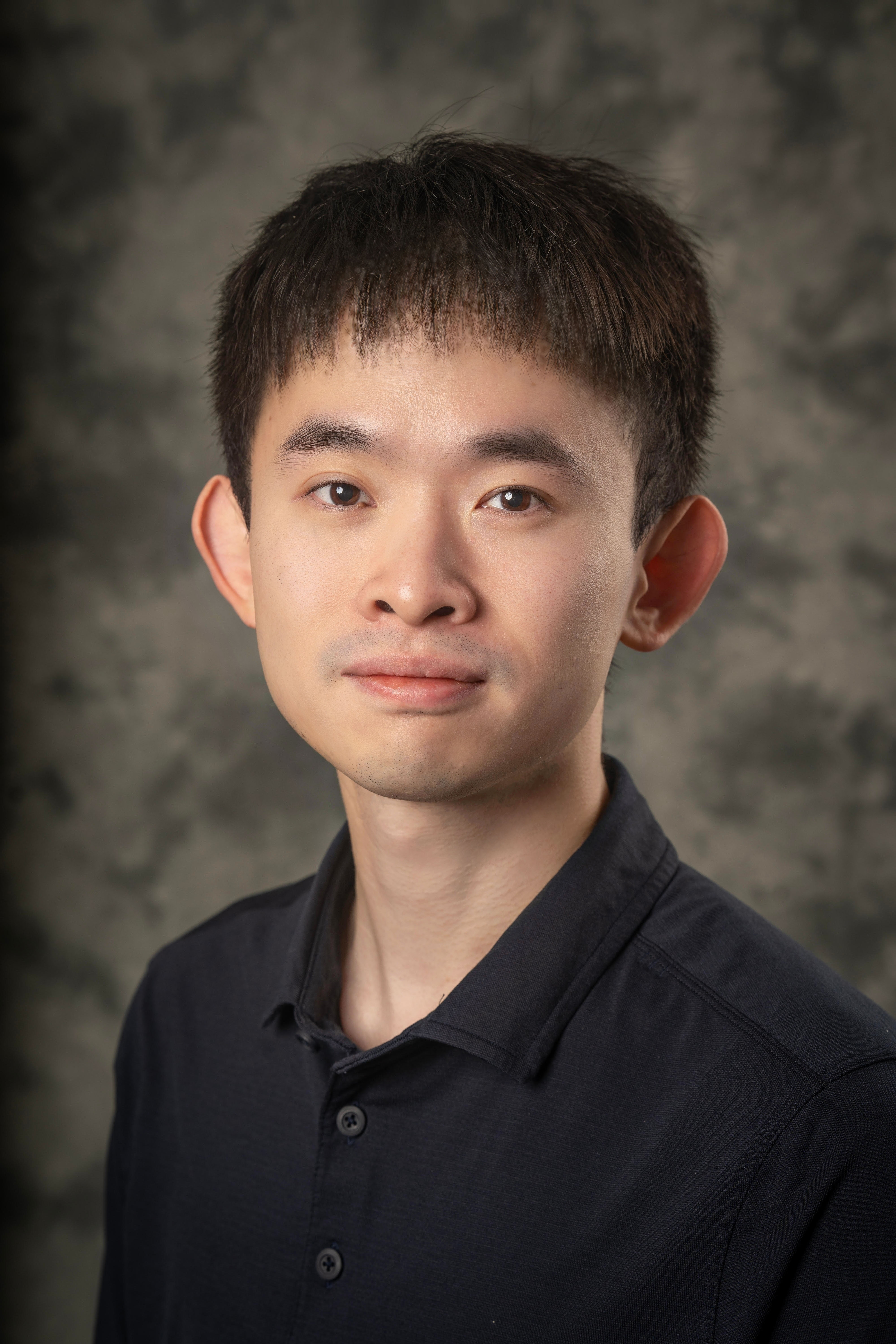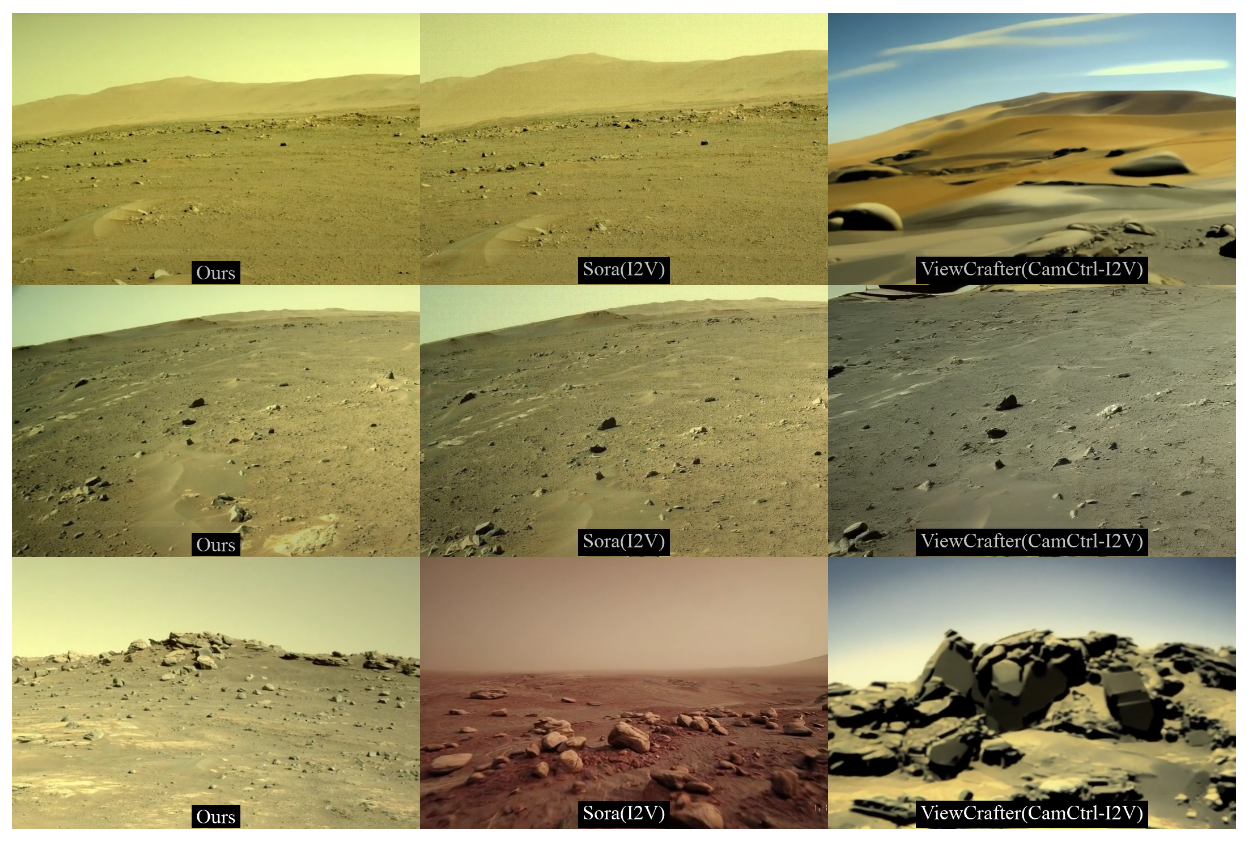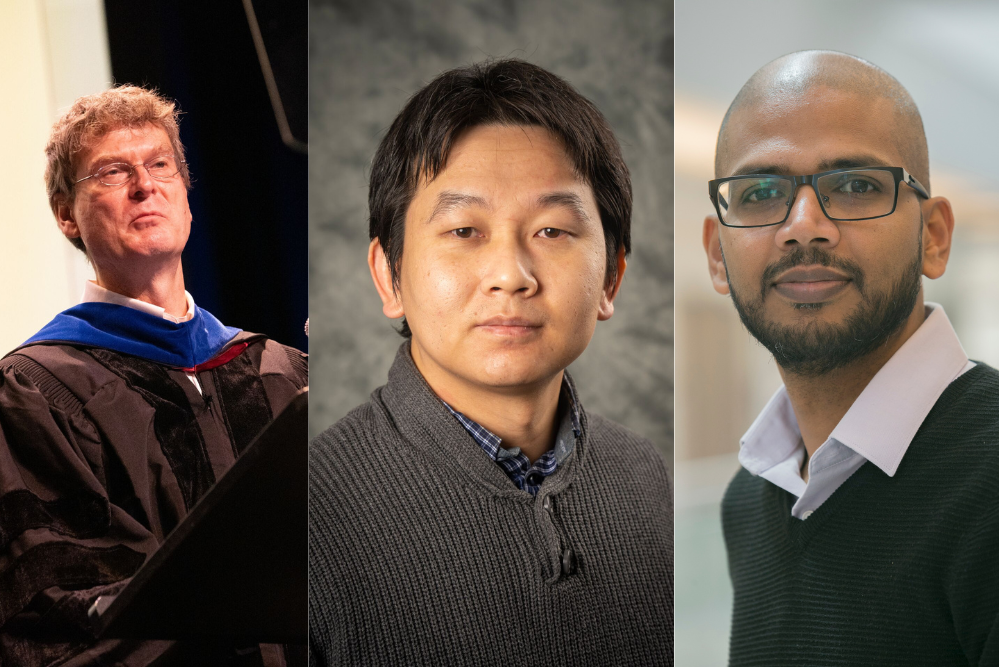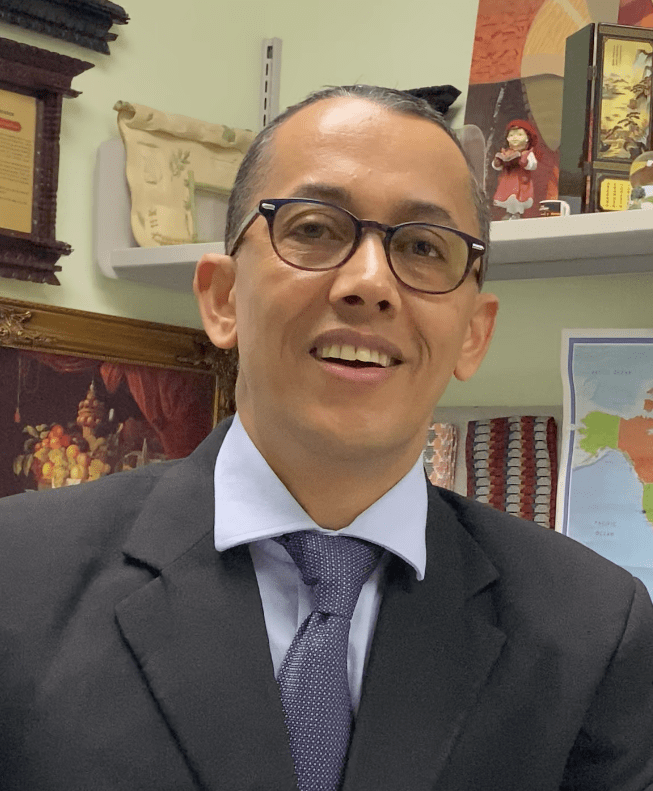
Shyam Sharma, a professor of writing and rhetoric in Stony Brook University’s College of Arts and Sciences, was among 20 SUNY faculty and staff experts honored as part of the inaugural class of SUNY’s AI for the Public Good Fellows.
Readers of texts created to use the styles of famous authors prefer works written by AI to human-written imitations, but only after developers fine-tune AI models to understand an author’s output. This finding, academics argue, means the courts need to rethink assumptions about allowing AI training on authors' works as a fair use exception to copyright liability.
Staff Email
Staff Location
NCS 268 Stony Brook, NY 11794-2424
Position
Director
Telephone
631-632-1818
Staff Image
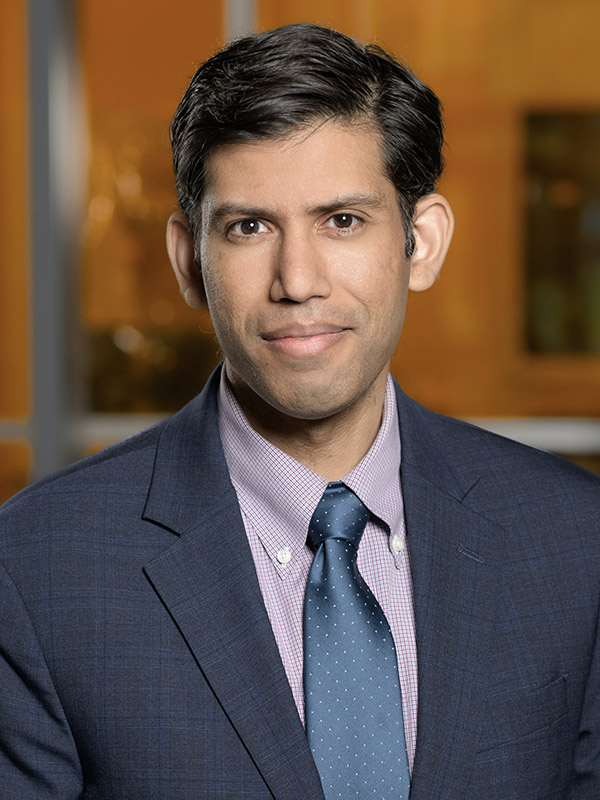
Weight
103
Staff Department
AI Innovation Institute
Staff Protected Email
lav.varshney@stonybrook.edu


